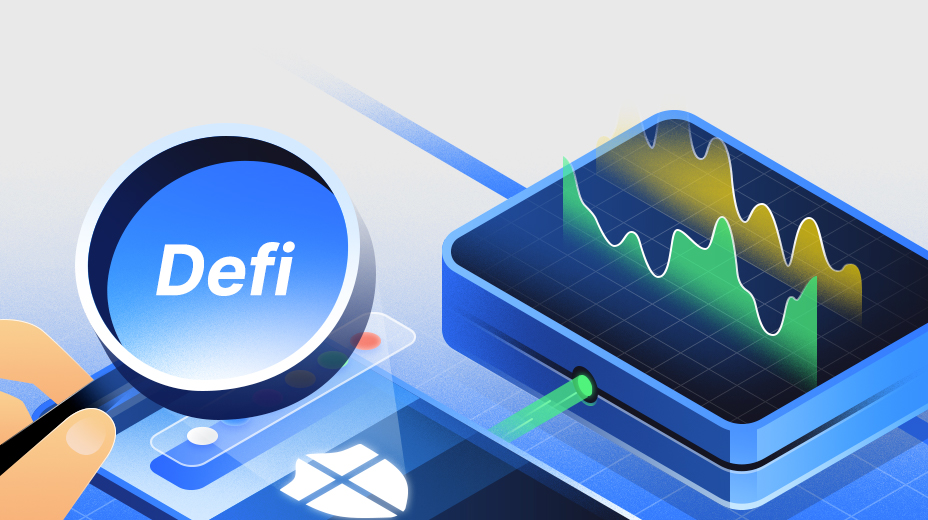Chia (XCH)
在本模組中,我們探討了 Chia,一種以其環保資質脫穎而出的加密貨幣。我們將探討 Chia 的創立原則,它如何基於空間和時間證明運作,以及其對環境和整個加密貨幣空間的影響。本模組強調了 Chia 在促進加密貨幣世界可持續實踐中的角色。

Chia的創始原則
Chia Network成立的目的是創建更可持續和安全的加密貨幣。由BitTorrent的發明者Bram Cohen推出,Chia旨在解決一些困擾現有加密貨幣(如比特幣和以太坊)的基本問題。主要關注能源效率、安全性以及創建更為分散和可訪問的數字貨幣形式。
Chia的核心原則之一是減少加密貨幣挖掘的環境影響。傳統的挖掘,尤其是在比特幣等網絡中,需要大量的計算能力和能源,這引發了對電力消耗和碳足跡的擔憂。Chia的方法被稱為“耕種”而不是“挖掘”,旨在大大減少能源消耗,成為一種環保的替代方案。
Chia還強調在其網路設計中增強安全性和可靠性。該協定結合了先進的加密工具和方法,以保護網路免受其他加密貨幣中發現的常見漏洞的影響。這種對安全性的關注旨在建立Chia生態系統中的信任和穩定性,使其成為各種金融應用的可行選擇。
去中心化是Chia的另一個關鍵原則。該網絡旨在避免其他加密貨幣中看到的挖礦權力集中化,即少數大型礦池主導網絡的情況。Chia獨特的共識機制旨在讓個人用戶更容易參與,促進更公平的耕作機會分配。
最後,Chia 致力於合規,並旨在在現有金融生態系統內運作。 這種做法與許多存在於傳統金融系統之外的加密貨幣形成對比。 Chia 對監管標準的遵循旨在促進更廣泛的採用並與主流金融服務整合。
空間和時間證明:Chia如何運作
Chia Network基於一種稱為時空證明(PoST)的新共識機制運行。這種機制與許多加密貨幣使用的傳統工作量證明(PoW)有很大不同。設計了空間和時間證明
Chia的模式特別適合能源稀缺或昂貴的地區和國家。在這些地區,傳統加密貨幣挖礦的高能耗是不可行的。Chia提供了一種更易於接觸且對當地能源資源負擔較小的替代方案,可能將加密貨幣挖礦開放給更廣泛的全球觀眾。
該網絡強調利用現有的存儲空間也有助於減少電子廢物。與需要頻繁硬件升級的傳統挖礦操作不同,Chia的農場利用現有的硬盤和電腦,延長了這些設備的壽命,減少了對不斷硬件更換的需求。
Chia對環境和加密空間的影響,證明了對可持續和社會責任技術日益增長的需求。隨著世界對環境問題的意識加強,Chia對加密貨幣的態度可能成為未來該領域發展的典範,引領數字貨幣創新進入更可持續和負責任的時代。
亮點
- Chia Network由Bram Cohen創立,致力於創建一種可持續、安全和去中心化的加密貨幣,解決環境問題,促進公平訪問。
- Chia在Proof of Space and Time(PoST)共識機制上運作,其中“農耕”涉及將硬碟空間分配給獎勵,提供了一種較傳統挖礦更節能的替代方案。
- 該網絡的環保方法顯著降低了加密貨幣運營對環境的影響,吸引了尋求可持續區塊鏈解決方案的用戶和組織。
- Chia的影響力擴展到激勵整個加密貨幣行業的可持續發展,為負責任的創新和節能實踐設立新標準。
- 網絡利用現有的儲存空間進行農耕,減少電子廢料,使加密貨幣參與在全球范圍內更加易於接觸,尤其是在能源受限地區。





